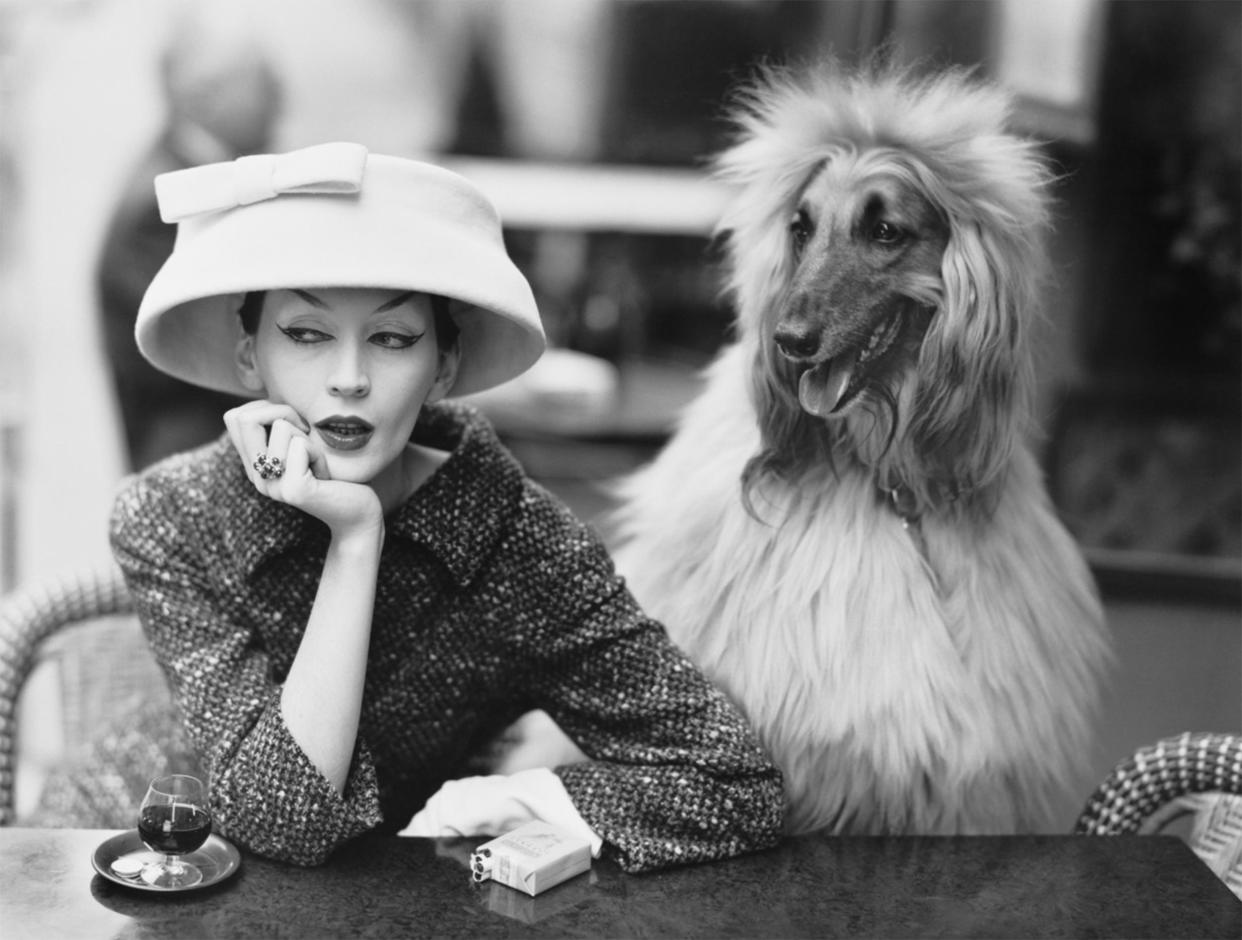Balenciaga - Shaping Fashion, exhibition review: Spanish master at the cutting edge of fashion

While also possessing filmstar looks “the master”— 20th-century Spanish couturier Cristóbal Balenciaga — could design, cut, tailor and sew. These skills set him apart from contemporaries such as Dior, a brilliant designer but no dressmaker, and since his 1972 death have led to his cult status among designers.
Born in 1895, the son of a Basque fisherman, at 12 Balenciaga was apprenticed to a tailor to help support his mother after his father’s death. He set up in San Sebastian in 1917 but in 1937, during the Spanish Civil War, moved to Paris. Balenciaga’s atelier on Avenue George V drew an illustrious and loyal clientele. Ava Gardner was a fan.
From this grand address came a stream of innovation in architectonic cut and fabric, well shown in the V&A’s overview of 120 pieces, including hats. Balenciaga’s use of large paillettes (sequins) in 1961 inspired his protégé Paco Rabanne’s famous spangled late-Sixties mini-dresses. Today, designers from Rei Kawakubo to Spanish star Josep Font draw on Balenciaga’s work. His Spanish-ness emerged in the use of black, often a slate for experimental shapes in thick silk.
In his final decade his cutting was radical: fewer seams, striking volumes and forms. The 1967 Envelope dress stands out, while his 1957 sack dress anticipated the Sixties. Sexy, structured, or fun but always feminine: one glance at a 1962 evening dress with its demure cream silk skirt below a black lace top over flesh-coloured chiffon says it all.
Until Feb 18, Victoria and Albert Museum; vam.ac.uk

 Yahoo News
Yahoo News 
